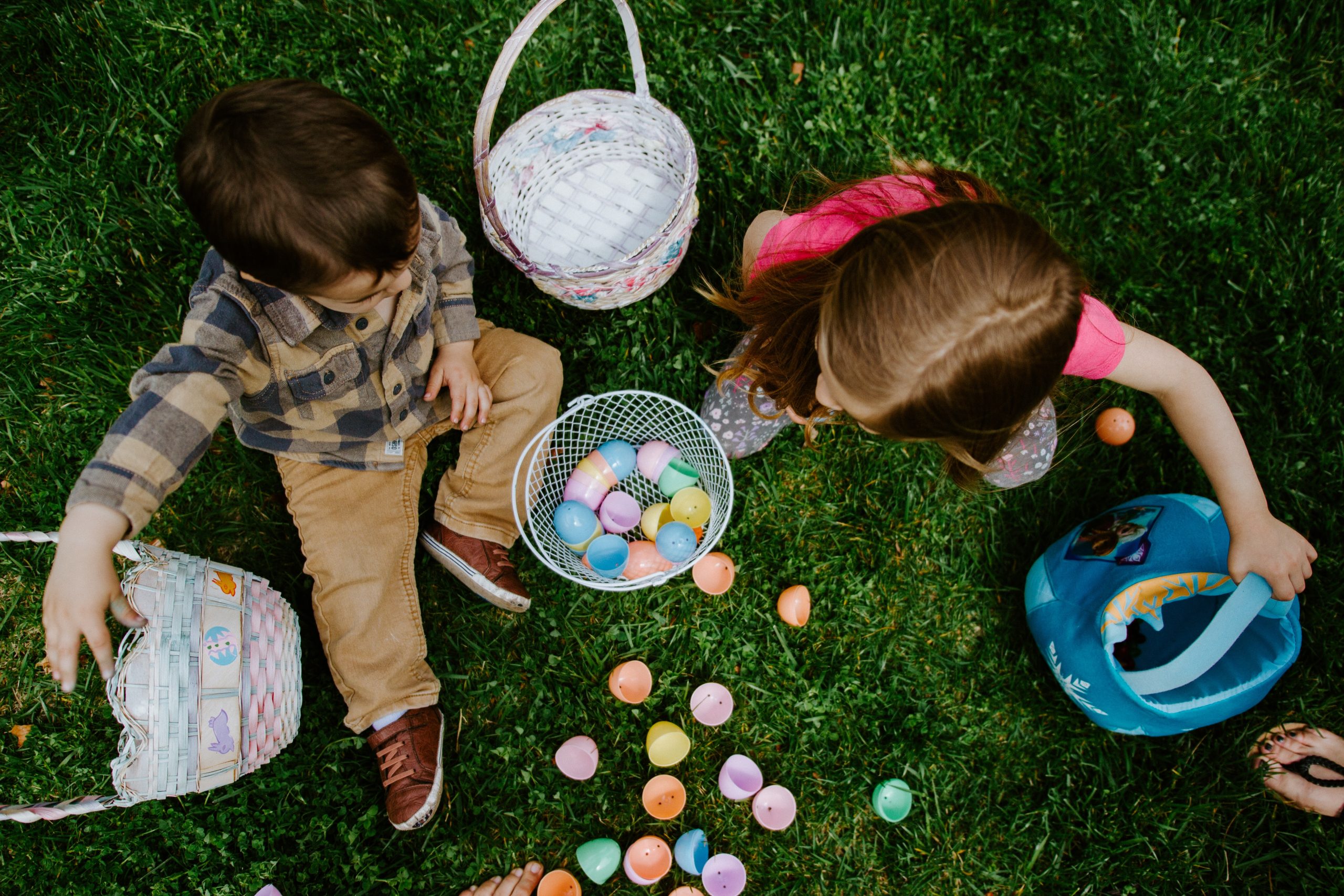Table of Contents
ToggleIntroduction
Easter Sunday is a special day celebrated by millions of people around the world. It marks the resurrection of Jesus Christ from the dead and the victory over death and sin. However, Easter Sunday is not just about religious observances and rituals. It is also a celebration of nature’s rebirth and sustainability. In this article, we will explore the environmental and sustainability aspects of Easter Sunday and how they are connected to our daily lives.
The Significance of Easter Sunday for the Environment
Easter Sunday falls in the spring season, which is a time of renewal and rejuvenation. The earth awakens from its winter slumber, and the trees, plants, and flowers start to bloom. The birds return from their migration, and the animals come out of hibernation. This natural cycle of life and growth is a reminder of the interconnectedness of all living things and the importance of preserving the environment for future generations.
The Easter Bunny and Sustainability
One of the most popular symbols of Easter Sunday is the Easter bunny. The Easter bunny is a symbol of fertility and new life, and it is believed to bring gifts to children. However, the tradition of giving chocolate bunnies and eggs is not always sustainable. Most of the chocolate products consumed during Easter are not produced sustainably, and they may contribute to deforestation, pollution, and exploitation of cocoa farmers.
To make Easter Sunday more sustainable, we can choose chocolate products that are certified organic, fair trade, or Rainforest Alliance. These certifications ensure that the cocoa farmers are paid a fair wage, the environment is protected, and the chocolate production is free from harmful chemicals and practices.
Easter Egg Hunts and Conservation
Easter egg hunts are another popular tradition during Easter Sunday. Children search for hidden eggs filled with treats and prizes. However, the plastic eggs used in most egg hunts are not environmentally friendly. They contribute to plastic pollution, and they may harm wildlife and marine ecosystems.
To make Easter egg hunts more sustainable, we can use biodegradable or compostable eggs made from natural materials such as paper, wood, or bamboo. We can also use real eggs that are dyed with natural colors and reused for cooking or composting.
Easter Sunday and Sustainable Living
Easter Sunday is an opportunity to reflect on our lifestyle choices and how they impact the environment. We can make small changes in our daily lives to reduce our carbon footprint, conserve natural resources, and protect biodiversity. Here are some ideas:
Choose plant-based meals:
Eating less meat and dairy products can reduce greenhouse gas emissions, water usage, and deforestation.
Use reusable bags, bottles, and containers:
Avoid single-use plastic items that end up in landfills and oceans.
Walk, bike, or use public transport:
Reduce your reliance on cars and airplanes, which emit carbon dioxide and other pollutants.
Plant trees and gardens:
Create green spaces that absorb carbon dioxide, provide habitat for wildlife, and beautify your surroundings.
Support sustainable businesses:
Choose products and services from companies that prioritize sustainability, social responsibility, and transparency.
Conclusion
Easter Sunday is a time to celebrate the resurrection of Jesus Christ and the renewal of nature. It is also an opportunity to promote environmental and sustainability values that can benefit our planet and society. By choosing sustainable practices during Easter and beyond, we can honor the traditions of Easter Sunday and contribute to a more just and resilient world.








2 thoughts on “Easter Sunday – Celebrating Nature’s Rebirth and Sustainability”
Pingback: Peeps Candy and Cancer: Separating Fact from Fiction - Sustainability Awakening
Pingback: Sustainable Easter: Celebrate with Eco-Friendly Ideas